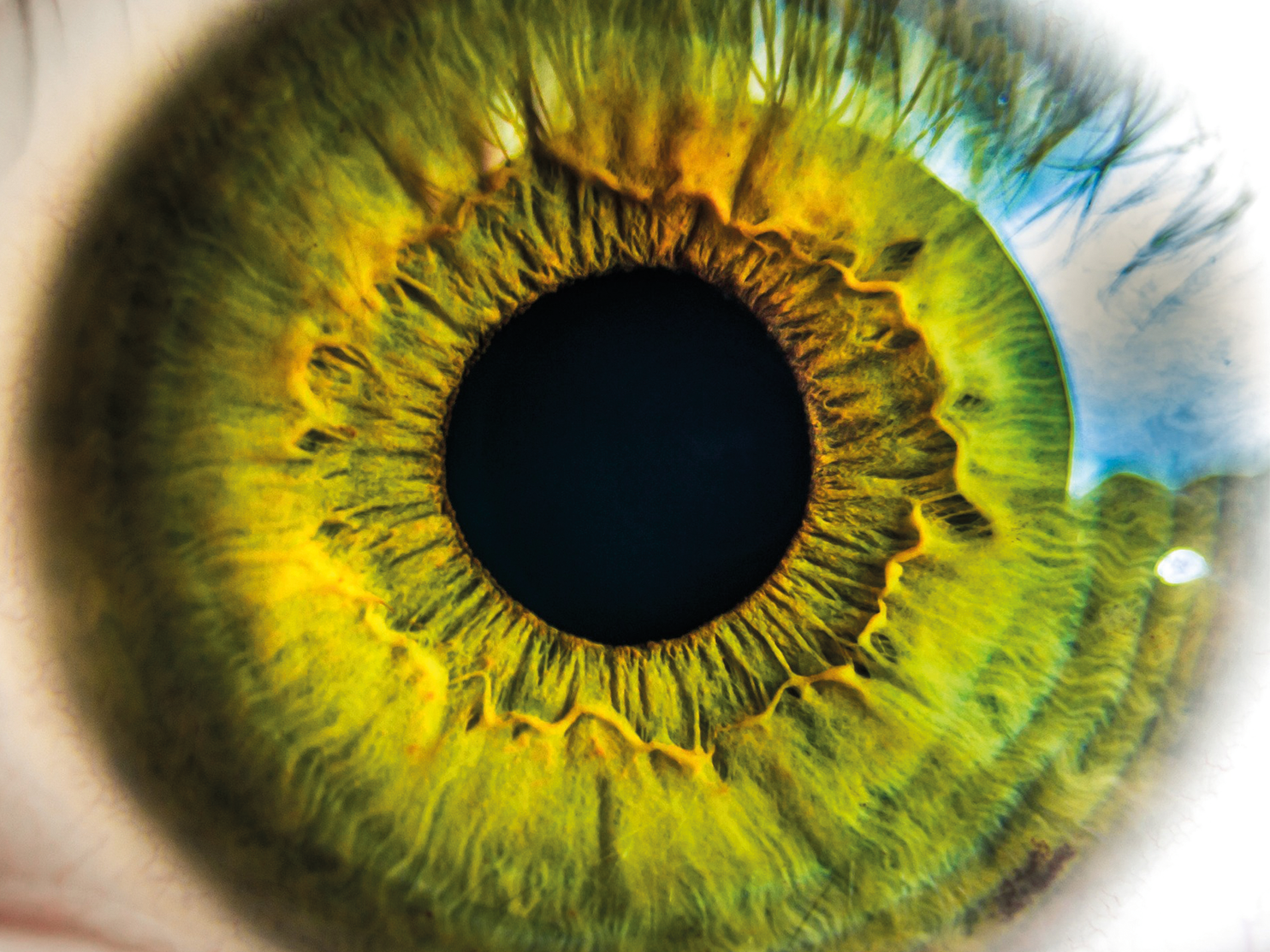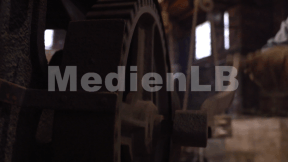 Biologie
Biologie

46502612 / 55502243
Auge
Warum sehen wir
Die meisten der Informationen, die auf uns einströmen und einwirken, nehmen wir über unseren Sehsinn wahr. Was passiert in unseren Augen aber genau während des Sehvorgangs? Der Film erklärt den Weg vom ins Auge treffende Licht bis zum Sinneseindruck durch unser Gehirn. Wie können wir räumlich sehen, wie Farbsehen? Das menschliche Auge ist in der Funktionsweise einer Kamera ähnlich. Wir vergleichen die Linse des Auges mit denen optischer Linsen. In Verbindung mit dem umfangreichen Zusatzmaterial (klassische und interaktive Arbeitsblätter, Testfragen, Glossar) lässt sich das Medium hervorragend im Unterricht verwenden. Die interaktiven Aufgaben, die Testfragen und das Glossar wurden mit H5P erstellt und können ohne weitere Software verwendet werden.
Trailer abspielen
Lehrplanzentral und an den Bildungsstandards orientiert
Passend dazu
Seal of approval
Quality seals such as the "Bio-Siegel", "Blauer Engel", "Stiftung Warentest" and up to 1,000 other seals represent characteristics such as sustainability, health or safety with regard to a product, a service or even a company.
Internet Addiction
The film consists of two parts. The first part is the 15-minute short film “In the Net”. It describes the problem of excessive Internet use in a humorous way, in particular the risk of losing touch with reality when chatting. The second part illustrates with three real persons how Internet addiction can develop and the problems encountered by those who are afflicted. The authentic statements are commented by an experienced therapist. For many pupils, the issues addressed here are related to their everyday lives. What is a “sensible” use of the Internet, where does pathological addiction start? In contrast to addiction to alcohol, nicotine or drugs, the public seems to be largely ignorant of the problem of this addiction, which is not related to any substance abuse. The film provides material for discussion in the classroom (crossdisciplinary) and can be used as a basis for the formulation of prevention strategies.










